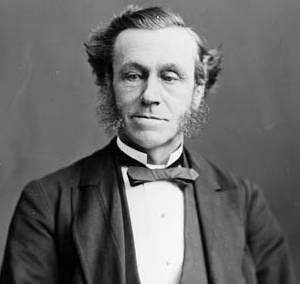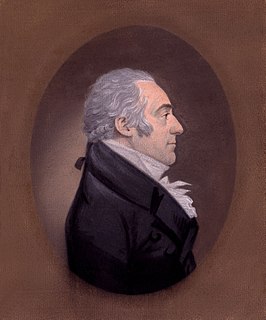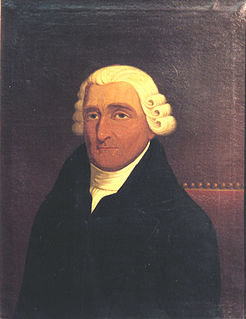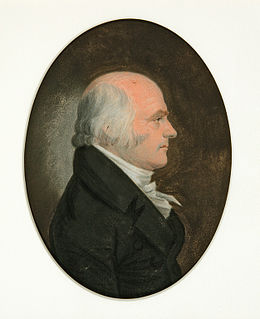François Lévesque (June 17, 1772 – October 13, 1823) was a lawyer and political figure in Lower Canada. He represented Surrey in the Legislative Assembly of Lower Canada from 1800 to 1804.
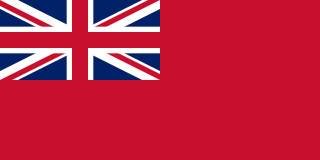
The Province of Lower Canada was a British colony on the lower Saint Lawrence River and the shores of the Gulf of Saint Lawrence (1791–1841). It covered the southern portion of the current-day Province of Quebec, Canada, and the Labrador region of the modern-day Province of Newfoundland and Labrador.
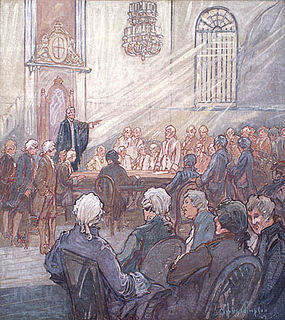
The Legislative Assembly of Lower Canada was the lower house of the bicameral structure of provincial government in Lower Canada until 1838. The legislative assembly was created by the Constitutional Act of 1791. The lower house consisted of elected legislative councillors who created bills to be passed up to the Legislative Council of Lower Canada, whose members were appointed by the governor general.
He was born François-Étienne Lévesque in Quebec City, the son of François Lévesque and Catherine Trottier Desauniers Beaubien. Lévesque studied law with Jean-Antoine Panet and Alexis Caron, was called to the bar in 1796 and set up practice in Montreal. He served as a major in the Quebec City militia. Lévesque lived outside of the province, probably in New York, from 1807 to 1811, when he returned to Montreal. He was married twice: to Cécile Robert in 1796 and then to Sarah Ann Morriss in 1823. He did not run for reelection in 1804. Lévesque died in Montreal at the age o5 51.

Quebec City, officially Québec, is the capital city of the Canadian province of Quebec. The city had a population estimate of 531,902 in July 2016, and the metropolitan area had a population of 800,296 in July 2016, making it the second largest city in Quebec after Montreal, and the seventh largest metropolitan area and eleventh largest city in the country.
François Lévesque was a French-born merchant and political figure in Quebec. He served as a member of the Legislative and Executive Councils.

Jean-Antoine Panet was a notary, lawyer, judge, seigneur and political figure in Lower Canada.
He was a cousin of Pierre Guerout.



